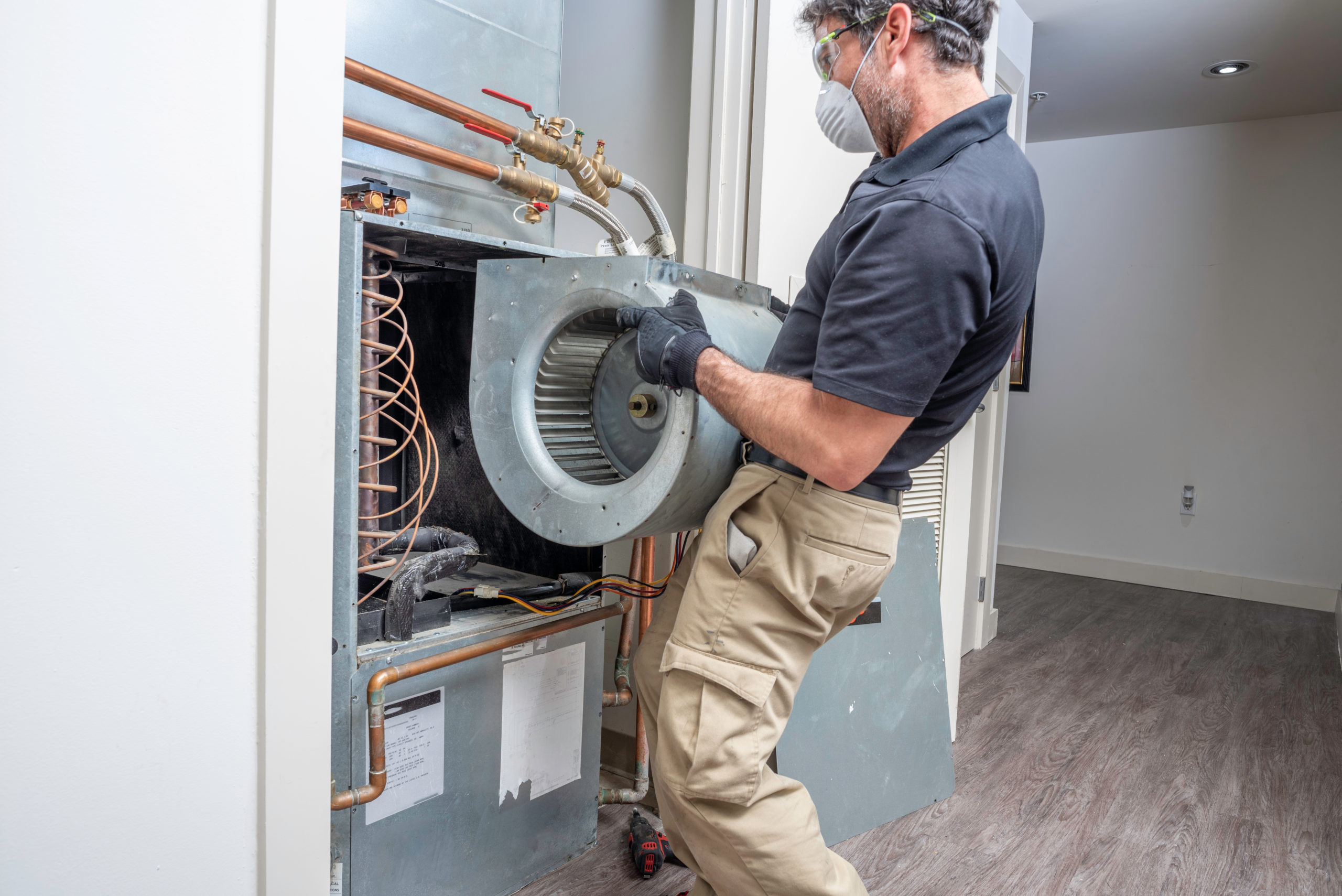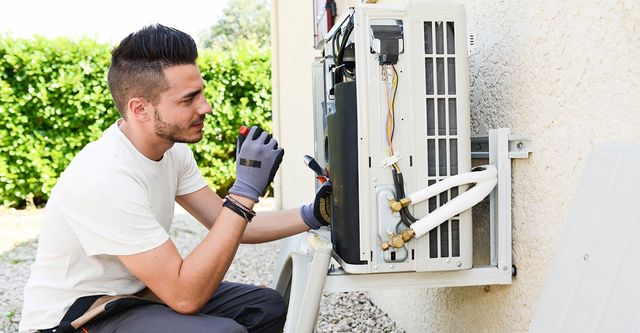Ac Fixing: Professional Cooling System Repair Guarantees Your Home Stays Comfy During The Hottest Days
Common Cooling Issues
Have you ever felt that sudden rush of warm air simply when you anticipated a cool breeze? It's aggravating, isn't it? Numerous house owners face this issue, typically uninformed of what lurks beneath the surface of their a/c system. Let's decipher the mystery behind some of the most regular issues that require timely air conditioning repair.
Why Will Not My Air Conditioning Cool Properly?
When your AC system blows lukewarm air rather of a rejuvenating chill, it's a clear indication something's off. A blocked filter or low refrigerant levels typically play the villain here. Envision attempting to breathe through a headscarf on a hot day-- that's what a filthy filter does to your system. Ever questioned why your energy expenses surge when the cooling drops? That's your a/c struggling more difficult to compensate for inadequacies.
Strange Sounds and What They Mean
Clicking, buzzing, or rattling sounds aren't simply noises-- they're weeps for assistance. A loose belt or a stopping working motor might be the culprits. One property owner recounted how a consistent grinding sound ended up being a damaged compressor, saving them from a complete breakdown by acting quickly.
Typical Concerns at a Glance
| Sign | Likely Trigger | Quick Repair |
|---|---|---|
| Warm Air | Low refrigerant or dirty filter | Replace filter, check refrigerant levels |
| Water Leaks | Blocked drain line or frozen coils | Clear drain line, thaw coils |
| Unusual Noises | Loose parts or motor concerns | Tighten parts, check motor |
Is Your air conditioner Biking On and Off?
Short cycling is more than an inconvenience; it can considerably lower your system's lifespan. This might indicate a large unit or a thermostat problem. Have you observed your unit switching on and off like a flickering light? Do not disregard it. It's a subtle hint urging you to call in the professionals before it turns into a pricey disaster.
- Filthy filters and coils trigger air flow issues.
- Thermostat malfunctions lead to irregular temperatures.
- Electrical issues can stop your AC from beginning.
Important Tools for Cooling Repair

Ever stood in front of a sprawling AC unit wondering which tool will open the mystery? The right instruments can make all the difference in between a fast fix and an endless afternoon of disappointment. A digital manifold gauge set isn't simply an elegant gadget; it's the investigator's magnifying glass in the world of refrigerant pressure. Its accuracy helps pinpoint leaks or imbalances that a casual glimpse might miss out on.
When dealing with persistent or rusted components, a quality tubing cutter is worth its weight in gold. It slices through copper pipelines easily, preventing damage that could cause pricey leakages. Have you ever attempted to flex copper tubing by hand just to wind up with kinks? Avoiding this requires specialized flexing tools designed to preserve the pipe's integrity.
Tools That Experts Swear By
- Vacuum pump: Necessary for eliminating moisture and air from the system before charging refrigerant, making sure optimal performance.
- Leak detector: An essential for capturing undetectable refrigerant leakages that can trigger system inefficiency.
- Multimeter: Beyond determining voltage, it's vital for detecting electrical faults within the AC's control system.
- Fin comb: A small yet magnificent tool that corrects the alignment of bent condenser fins, boosting airflow and efficiency.
Pro Tips for Utilizing Air Conditioning Repair Tools
- Constantly verify your gauge readings against maker specifications; even skilled techs verify to prevent expensive misdiagnoses.
- When utilizing an air pump, make sure all valves and pipes are airtight; a slight leak can destroy the evacuation procedure.
- Clean your fin comb frequently. Dust and gunk can trigger it to snag, harmful fragile fins even more.
In the heat of summer, a malfunctioning compressor or clogged up filter can seem like a ticking time bomb. Armed with the right tools and knowledge, the repair ends up being less of an experience and more of a rewarding puzzle fixed. Isn't it curious how a well-calibrated gauge or a basic leakage detector can change the whole result?
Step-by-Step Repair Process
Ever observed how your a/c system starts to sputter, barely whispering the cool breeze it once delivered? The first move is a comprehensive medical diagnosis-- due to the fact that guessing just wastes time and resources. You may begin by checking the thermostat settings, but often the real culprit lurks much deeper.
1. Initial Assessment and Diagnostic

Begin by powering off the system to prevent shocks. Open the access panels and visually inspect for burnt wires, stopped up filters, or ice buildup. A typical oversight is overlooking the condenser coils; dust and dirt here can choke performance. Use a multimeter to test electrical components and verify if the compressor is receiving power.
2. Recognizing Refrigerant Issues
Does the unit blow warm air? That's often an indication of low refrigerant levels or leakages. Professionals use a manifold gauge set to measure pressure accurately. Remember, overcharging or undercharging the system can trigger irreparable damage-- exact measurement is key.
3. Cleaning and Part Replacement
In some cases, a basic coil cleansing restores the system. Other times, it requires swapping out capacitors, contactors, or fan motors. Changing these parts involves cautious disassembly and reassembly; skipping actions can lead to further breakdowns.
4. System Testing and Calibration
When repairs are made, change the unit back on and observe its behavior. Measure the temperature drop across the evaporator coil-- it ought to be approximately 15-20 ° F. If not, recalibrate the thermostat or inspect for air flow blockages.
Specialist Tips
Heating And Air Conditioning [:location]Air Conditioning Company Near Me [:location]
Air Conditioning Check [:location]
Air Conditioning [:location]
Heating And Air Conditioning Service Near Me [:location]
- Prevent running the compressor without refrigerant-- this stress out the motor rapidly.
- Utilize a UV dye to locate elusive leaks; they're typically hidden in hard-to-reach areas.
- Never ever ignore the drain line-- blockages here can cause water damage and system failure.
- Wear insulated gloves when managing capacitors; they retain charge and can deliver a nasty shock.
Safeguarding Versus Abrupt Breakdowns
Have you ever wondered why your air conditioner sputters to a stop right at the peak of summertime? The truth is, disregarding regular upkeep typically welcomes unexpected failures. Dust, particles, and worn-out components wage a silent war inside your unit. Preventive upkeep is the ace in the hole-- check here capturing small problems before they spiral out of control.
Professional Tips for Keeping Your A/c in Leading Forming
- Tidy or change filters regular monthly: A blocked filter chokes air flow, requiring the system to work overtime and speeding up wear.
- Inspect coil fins: Bent fins restrict air passage, just like a traffic jam in your cooling system. Use a fin comb to straighten them carefully.
- Check refrigerant levels: Low refrigerant can trigger the compressor to overheat, a precursor to costly repairs.
- Clear the condensate drain: Blockages here can lead to water damage and mold development, a hidden culprit behind remaining odors.
- Take a look at electrical connections: Loose wiring or rusty terminals typically stimulate intermittent failures, a subtle indication.
When Was the Last Time You Listened to Your a/c?
That faint rattling or unusual hum may appear insignificant, but it's a precursor to larger mechanical problems. One summer season, a client mentioned a soft buzzing noise. A fast examination exposed a loose fan blade-- easy to repair, yet left unattended, it could have shattered the motor. Minutes like these highlight the worth of routine checks.
Quick List for Seasonal Prep
| Action | Frequency | Why It Matters |
|---|---|---|
| Filter cleaning/replacement | Every one month | Maintains airflow and performance |
| Coil and fin evaluation | Twice a year | Prevents airflow constraints |
| Refrigerant level check | Every year | Makes sure proper cooling capacity |
| Drain line cleaning | Every 6 months | Avoids water damage and mold |
| Electrical system inspection | Every year | Prevents abrupt shutdowns |
Pro Suggestion: Beyond the Essentials
Did you understand that gently oiling the fan motor bearings annually can extend their life expectancy? It's an information frequently neglected however vital. Likewise, shading your outdoor unit from direct sunlight can decrease the compressor's workload, subtly improving durability. Remember, the health of your a/c unit is a reflection of the attention you offer it before it shrieks for help.